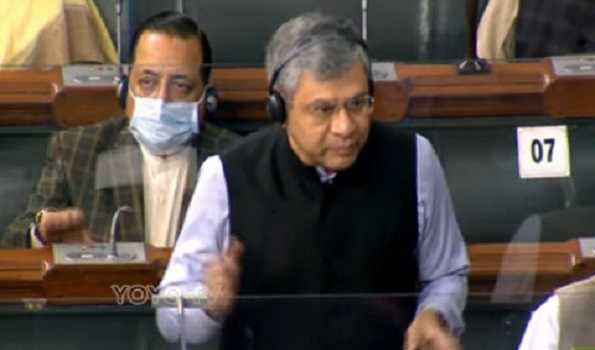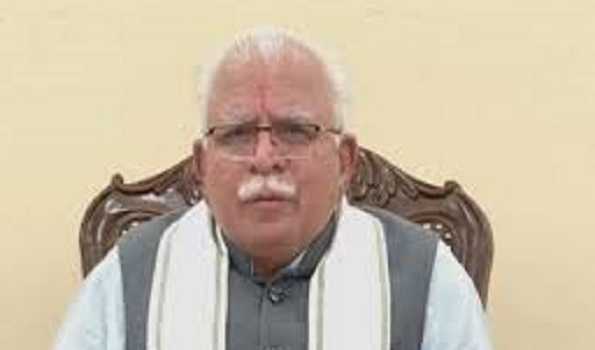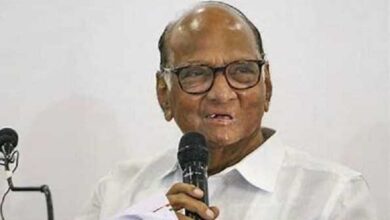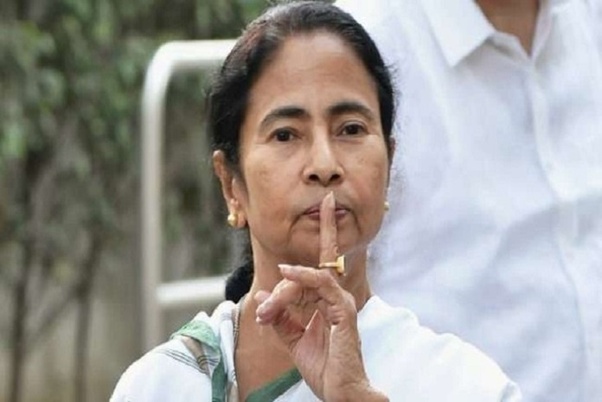Cabinet approves Rs 76,000 cr incentive scheme for chips, irrigation scheme for farmers

New Delhi: The Union Cabinet on Wednesday approved Rs. 76,000 crore scheme for developing semi-conductors and display manufacturing ecosystem. The decision has come amid global shortage of chips affecting the manufacturing sector. The Indian car industry has been among the worst-affected by chip shortage and have been grappling with the challenge of meeting the demand.
In an official statement, the government said that trusted sources of semi-conductors and displays hold strategic importance and are key to the security of critical information infrastructure in the current geo-political scenario.
“The approved program will propel innovation and build domestic capacities to ensure the digital sovereignty of India. It will also create highly-skilled employment opportunities to harness the demographic dividend of the country,” it added. The mega semi-conductor project is expected to deepen India’s integration with global value chain and have multiplier effect across various sectors.
As per the plan, a minimum of 20 chip-manufacturing units would be set up in the next two years.
Elaborating on the plan to make India a global chip manufacturing hub, Minister for Communications, Electronics & Information Technology and Railways Ashwini Vaishnaw said the government has envisaged to create a talent pool of highly-qualified engineers over the coming years. Accordingly, a chips to start-ups (C2S) plan has been approved. A Design-linked Incentives (DLI) has been approved by the government, under which 50 per cent of design-related expenditure would be borne by the Government of India.
“The Design Linked Incentive (DLI) scheme shall extend product design linked incentive of up to 50 per cent of eligible expenditure and product deployment linked incentive of 6-4 per cent on net sales for five years,” said the official statement. The Program for Development of Semi-conductors and Display Manufacturing Ecosystem is expected to significantly contribute to achieving USD one trillion digital economy and a USD five trillion GDP by 2025.
Vaishnaw said in the last seven years, the electronics manufacturing industry in the country has reached USD 75 billion “…and the rate at which we are moving, we would reach the figure of USD 300 billion in the next 6 years,” he said.
Asked about the pull factor for companies to set up chip-manufacturing units in the country, the Minister said that India has a very good design eco-system and the incentives proposed under the scheme are comparable with those offered by other countries. “The biggest advantage that India has is the entire design eco-system. More than about 24,000-25,000 design engineers are actually working in India. That means talent is there,” he said.
“Almost all the major economies are today giving close to 50% capital incentive on setting up a semiconductor fab or a display fab. We will be giving practically similar incentive but what we are offering as an extra is the very clear 20-year road map where the focus is on generating that talent, nurturing that talent and making sure that as the industry grows there are sufficient numbers of very well trained engineers available for taking that journey forward. So, that is what will give us a bigger advantage,” Vaishnaw said.
Semiconductors and display manufacturing is considered a hugely capital-intensive and high risks are involved. It also has long gestation and payback periods. Briefing the media on Cabinet decisions, Information and Broadcasting (I&B) Minister Anurag Thakur noted that the semiconductor incentive scheme would lead to direct investment of Rs. 1.66 lakh crore and employment generation of more than 1,33,000. Further, the total production is estimated to be worth Rs. 9.5 lakh crore out of which Rs. 5.14 lakh crore would be exports.
“In total, Government of India has committed support of Rs 2,30,000 crore (US$ 30 billion) to position India as global hub for electronics manufacturing with semiconductors as the foundational building block,” said the official statement.
In a move to further boost fintech sector, the Cabinet also cleared an incentive scheme for promotion of RuPay Debit Cards and low-value BHIM-UPI transactions (person to merchant or P2M).
The total financial outlay for the scheme is Rs 1,300 crore for one year starting April 1, 2021. In another significant decision, the Cabinet Committee on Economic Affairs (CCEA) chaired by Prime Minister Narendra Modi approved implementation of Pradhan Mantri Krishi Sinchayee Yojana (PMKSY) for 2021-26 with an outlay of Rs 93,068 crore, it added. The CCEA has approved Central support of Rs. 37,454 crore to states and Rs. 20,434.56 crore of debt servicing for loan availed by the Government of India for irrigation development during PMKSY 2016-21.
The scheme is expected to benefit about 22 lakh farmers, including 2.5 lakh SC and 2 lakh ST farmers. The Accelerated Irrigation Benefit Program (AIBP), Har Khet ko Paani (HKKP) and Watershed Development components have been approved for continuation during 2021-26, it added. Launched in 2015, PMKSY is an umbrella scheme providing Central grants to the state governments for specific activities, said the statement.






